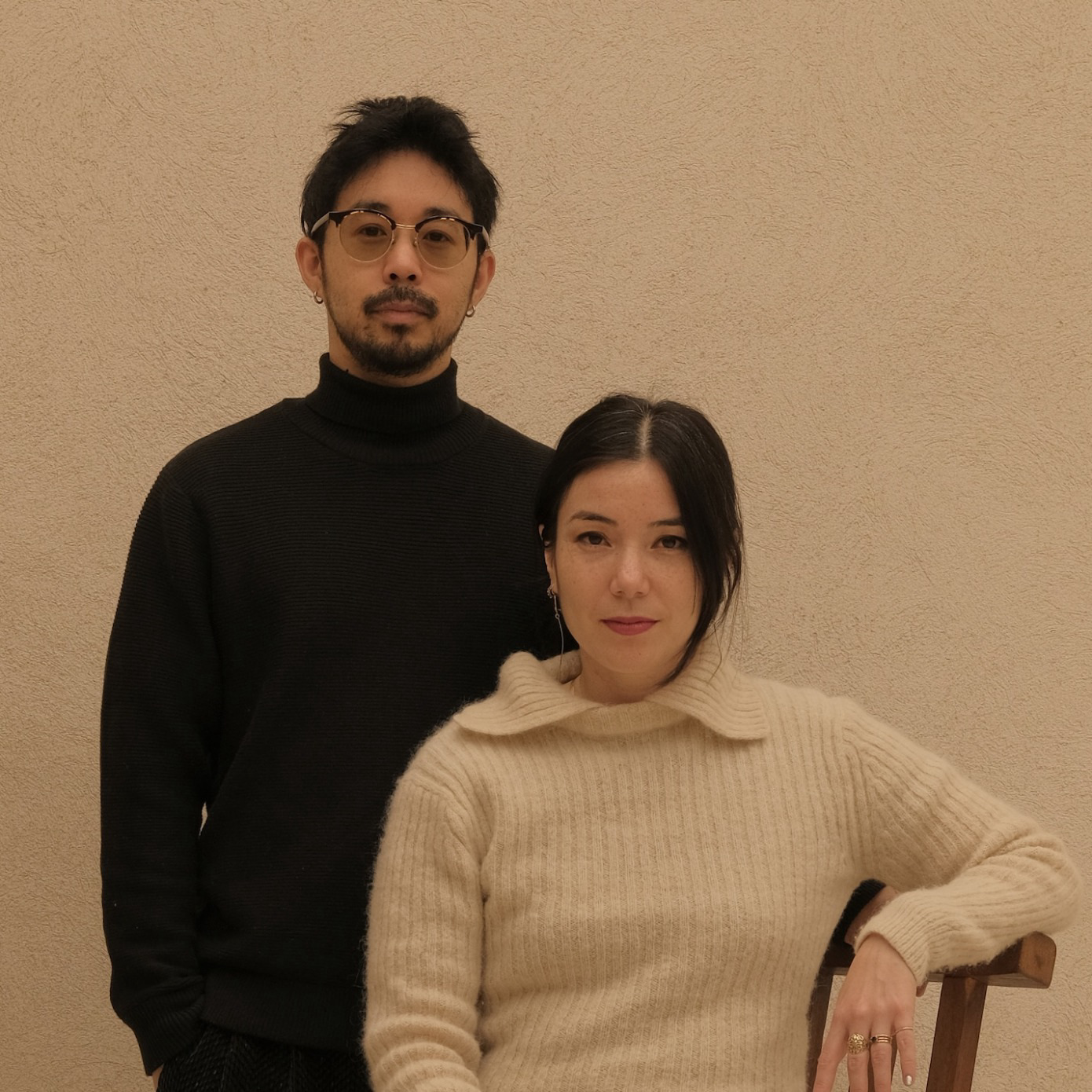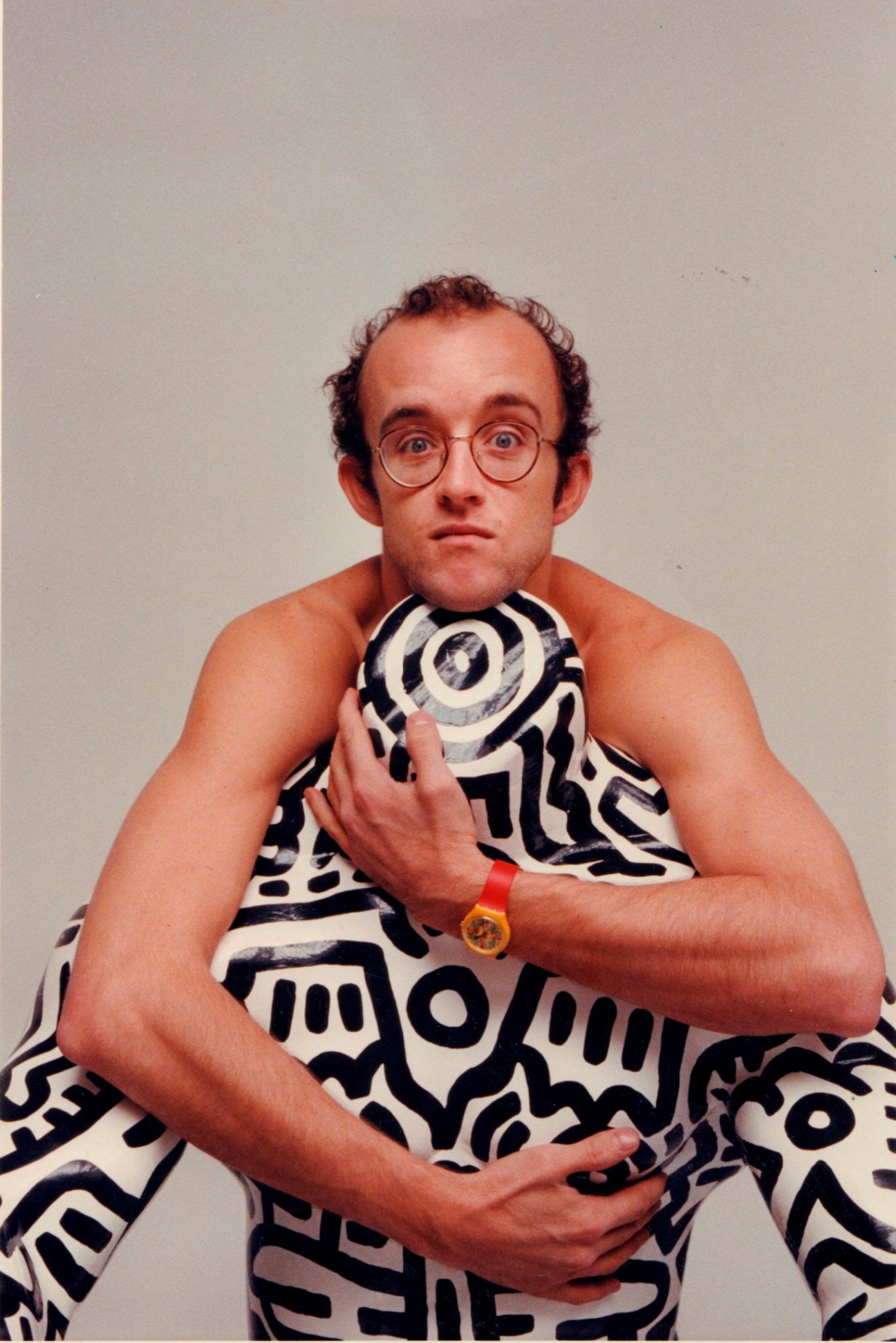
Keith Haring’s colorful, cartoon-like images are everywhere. They have decorated both subterranean tunnels and the art world’s most prestigious exhibition halls. They are printed on T-shirts, coffee mugs, and posters. But the omnipresence and commercialization of his work can sometimes eclipse Haring's poignant political messaging. Now "Art Is for Everybody," the first museum survey of the late artist's work in Los Angeles, currently on view at The Broad, brings both his legacy and social critiques back to the fore.
The exhibition features more than 120 works, ranging from paintings to sculptures to videos, and archival materials that shine a light on his artistic and cultural contributions. The artist, who died of AIDS-related complications at 31 years old in 1990, continues to inspire generations of artists in both their physical work and larger careers. Here, read how three contemporary makers understand Haring's life and art.
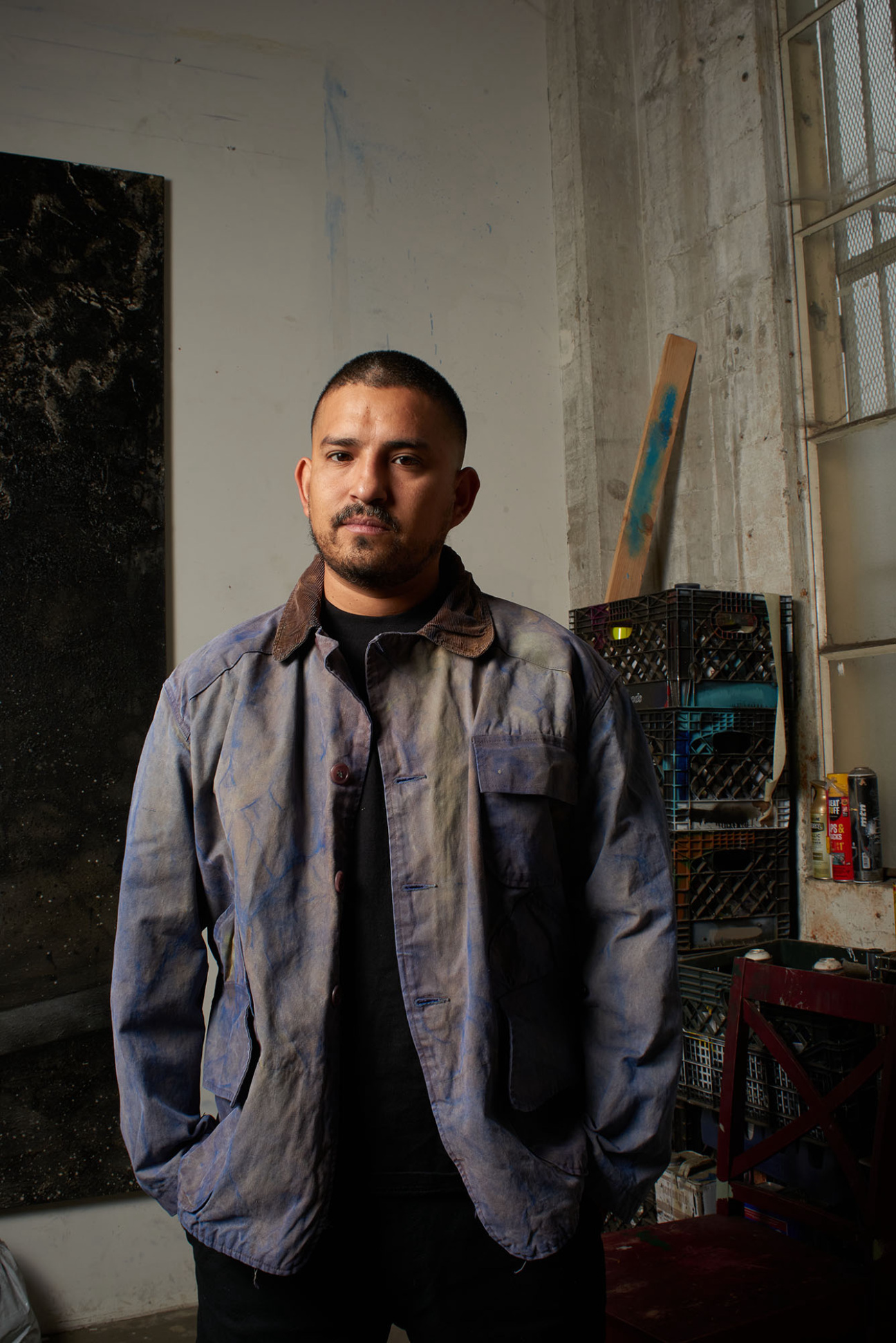
Alfonso Gonzalez Jr.
The Los Angeles-based artist, and CULTURED Young Artist alum, was initially drawn to art as he watched his father work as a commercial sign painter. From there, Alfonso Gonzalez Jr. began making work that investigates the layered messaging across his city's public surfaces, from intricate graffiti to colorful advertising.
CULTURED: Has Keith Haring's work taught you anything about how to approach your own?
Alfonso Gonzalez Jr: Something that I have always admired about Haring is the drive for his work to reach as many people as possible. Even after his early success and increased popularity, a big part of his focus was to make his work accessible, first with the subway drawings and then with the Pop Shop. He always stayed true to himself and his values. I keep that in mind as I navigate my practice and career. Sometimes things don’t make sense to the outside world, but if an artist remains confident and persistent, the world can catch up later.
CULTURED: How do you think his work changed the landscape for artists coming after him?
Gonzalez: It’s hard to imagine the art world—and museum gift shops—that exists today without Haring. He was one of the first to sell commercial objects, collaborate with brands, and paint public murals, all while having a presence in museums and galleries.
CULTURED: Is there anything you think is not properly understood about his legacy?
Gonzalez: I feel like not everyone understands the depth and complexity of his practice. At first glance, his quick and childlike gestures can come off as fun or kitschy. But after closer observation you begin to see that activism is central to his practice. His work examines some of the most complex parts of the human condition, themes that are still very relevant today.
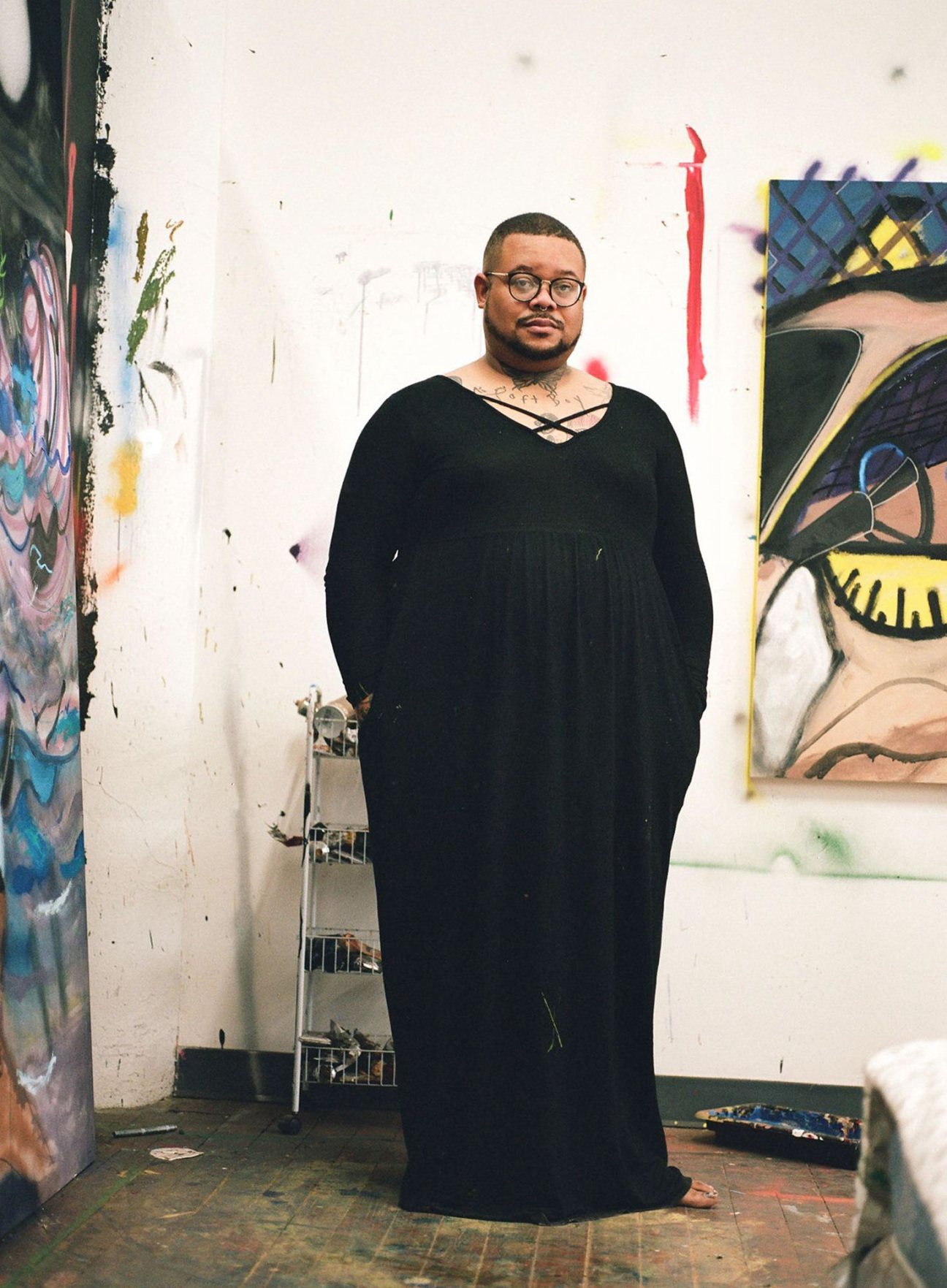
Jonathan Lyndon Chase
Jonathan Lyndon Chase, a Philadelphia-based CULTURED Young Artist alum, works across painting, sculpture, and video to depict queer, Black individuals in everyday environments. Love, sex, and city life all appear throughout their body of loosely rendered works.
CULTURED: Do you remember the first time you encountered Keith Haring's work? Where were you, what did you see, and what did you think of it?
Jonathan Lyndon Chase: I think I was probably a preteen, or at least very young, when I first saw Keith's artwork, which happened to be a mural. There are lots of murals in Philly, but this particular one stood out to me because of the distinctive portrayal of the figures. They seemed simultaneously real and cartoonish, creating a sense of accessibility and freedom that resonated with me. Back in the day, I frequently rode on Septa, using the bus, and I would often come across murals adorning the sides of houses. It was how I discovered the specific piece We the Youth, which was a collaboration by Keith and was created in 1987.
CULTURED: Has Keith Haring's work taught you anything about how to approach your own?
Chase: In many ways, it was an early sign of encouragement and an example of the numerous expressive ways the figure can take on art. There is a question of how to make it look and feel realistic, but what does this actually mean and what does it look like? These were questions I had for both myself and my art. Keith's work serves as a reminder that bodies can be playful and sensual, and are influenced by their surroundings, whether it be the physical space or the surface of a painting. Moreover, their work often prompts me to contemplate the relationship between the community and the individual.
CULTURED: Did his work change anything for artists coming after him?
Chase: Absolutely. Everything, from awareness of AIDS to community and social activism, shows that artists can take on several roles within and outside of traditional studio spaces. Keith's work as an artist demonstrates that there are countless ways to make art and also share important political ideologies, putting them into motion. Keith's work undoubtedly inspires future artists by giving them aesthetic influence and permission to approach the body in non-traditional ways, diverging from the artist's historical paintings, as well as popular culture. This includes exploring eroticism and the transformative power of living authentically.
CULTURED: What do you think made Keith Haring an impactful artist?
Chase: I think his ability to show a tender, loving, and down-to-earth side, along with a militant and headstrong resilience to what he believed in and his love for the community. [That] definitely made a significant impact on artists, as well as the numerous public works that he is known for.
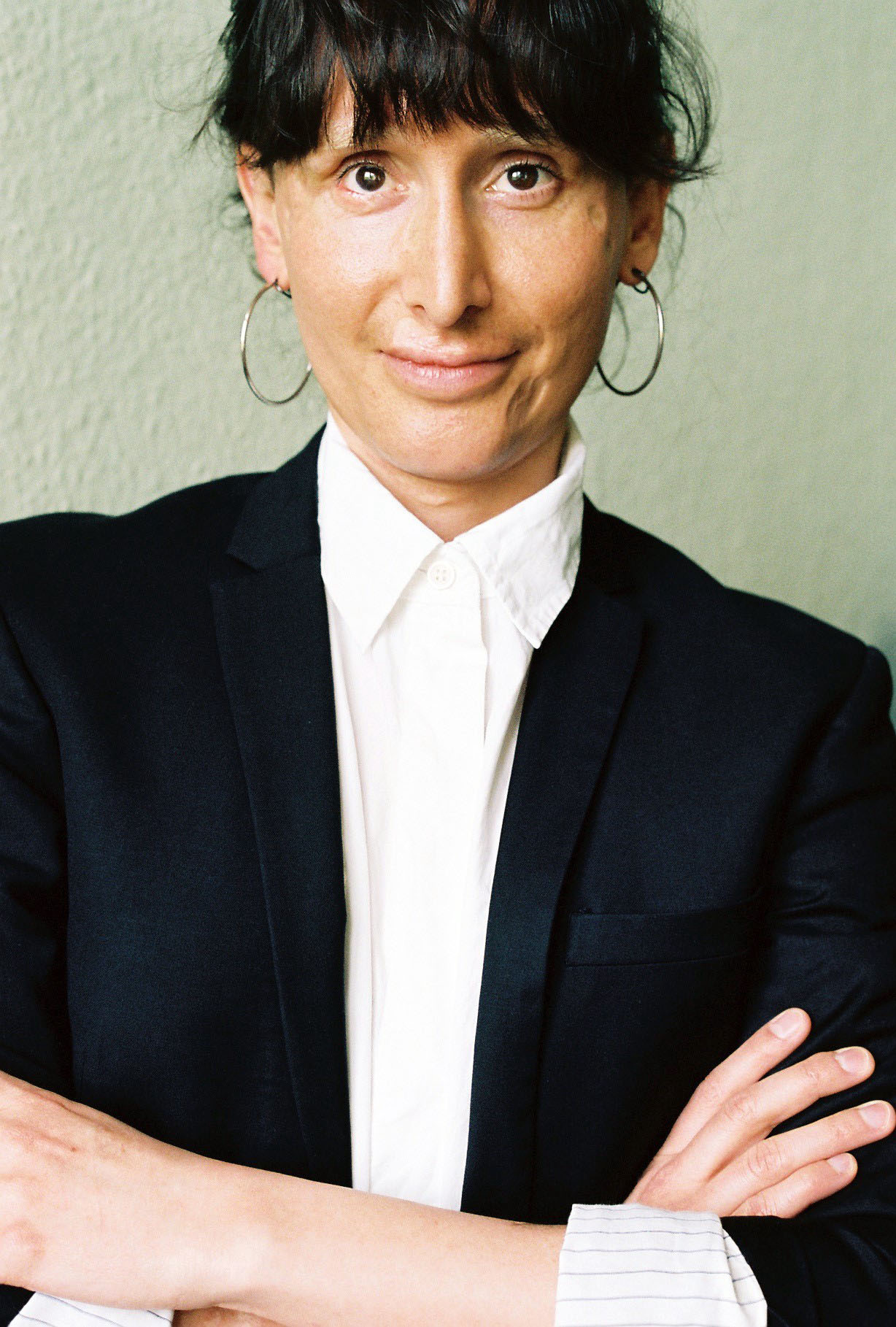
Manuel Solano
Berlin-based Manuel Solano explores personal identity and fragmentary memory in their paintings, which took on a different appearance after the artist went blind in 2014 from an HIV-related illness. "Before going blind, I was one of the best painters I could think of, certainly the best one I personally knew," wrote Solano on their site. "Now, I’m not so sure."
CULTURED: Where were you and what did you think the first time you encountered Keith Haring's work?
Manuel Solano: I don’t remember what exactly I saw first of his work. However, I remember I was still a child, and I remember immediately recognizing the colors and patterns he drew from and that I had seen before in a series of photographs in my father’s National Geographic depicting the traditional buildings of the Ndebele people.
CULTURED: Has Keith Haring's work taught you anything about how to approach your own?
Solano: I guess he’s one of the artists that best shows the benefits of developing one’s own visual style. Something which I’ve definitely tried to do with my own work.
CULTURED: Do you think his work changed anything for artists coming after him?
Solano: I think everyone, not just artists and not just HIV-positive people, has a lot to thank him for in bringing visibility to the life around HIV.

